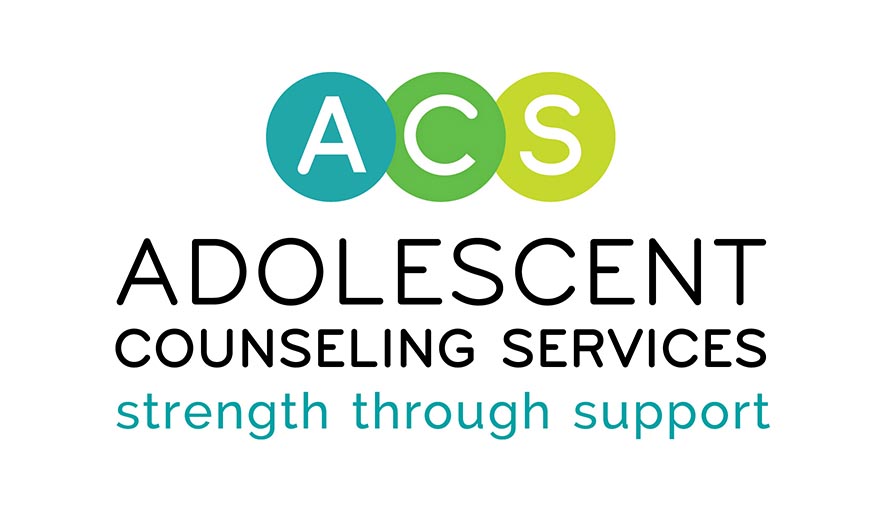LGBTQQ Youth and Health
Written By: Rodrigo Garcia-Reyes, Outlet Program Spanish-language and Education Coordinator
22 states, including California and the District of Columbia require public schools teach sex education. 35 states and the District of Columbia allow parents to opt-out on behalf of their children. A 2011 Centers for Disease Control and Prevention (CDC) survey indicates that more than 47 percent of all high school students say that they have had sex, and 15 percent of high school students have had sex with four or more partners during their lifetime. Young people ages 15-24 represent 25 percent of the sexually active population but acquire half of all new STIs–which amounts to 9.8 million new cases of STIs a year.
Even though the Bay Area is taking huge steps in providing comprehensive sex education to young folks, the curriculum is for the most part heteronormative and cisnormative. Luckily, President Obama recently cut all abstinence-only programs from the 2017 budget. Not only will this will save our country $10 million dollars per year, this proposed budget initiative increases support for programs that seek to equip young people with the skills they need to ensure lifelong sexual health and well-being.
As a way of deepening the conversation, we can take a look at some important facts about HIV and youth, according to CDC:
- Youth aged 13 to 24 accounted for an estimated 26% of all new HIV infections in the United States in 2010.
- Most new HIV infections among youth occur among gay and bisexual males; there was a 22% increase in estimated new infections in this group from 2008 to 2010.
- Over 50% of youth with HIV in the United States do not know they are infected.
The Getting to Zero 2016-2021 strategy proposed by the United Nations Programme on HIV/AIDS (UNAIDS) seeks to:
- Get to Zero new infections
- Get to Zero AIDS-related Deaths
- Get to Zero Discrimination
Recently, Santa Clara County Supervisor Ken Yeager, presented a proposal to the Board of Supervisor to increase the efforts in this county to make the goal of Getting to Zero a reality. Getting to Zero will address this disparity by focusing heavily on education and awareness. It will educate providers and consumers about PrEP and PEP, promote frequent testing for vulnerable populations and work with local school districts on HIV information and prevention. It will require the participation and commitment of the whole community to be able to reach this goal. Educating ourselves about this issues is always a good place to start.
We still need, however, be more intentional in expanding our curricula to include education information for non-hetero conforming and transgender youth. We need to change the mentality of one size fits all in order to deliver effective information that would equip LGBTQ youth to live healthy sexual lives.
